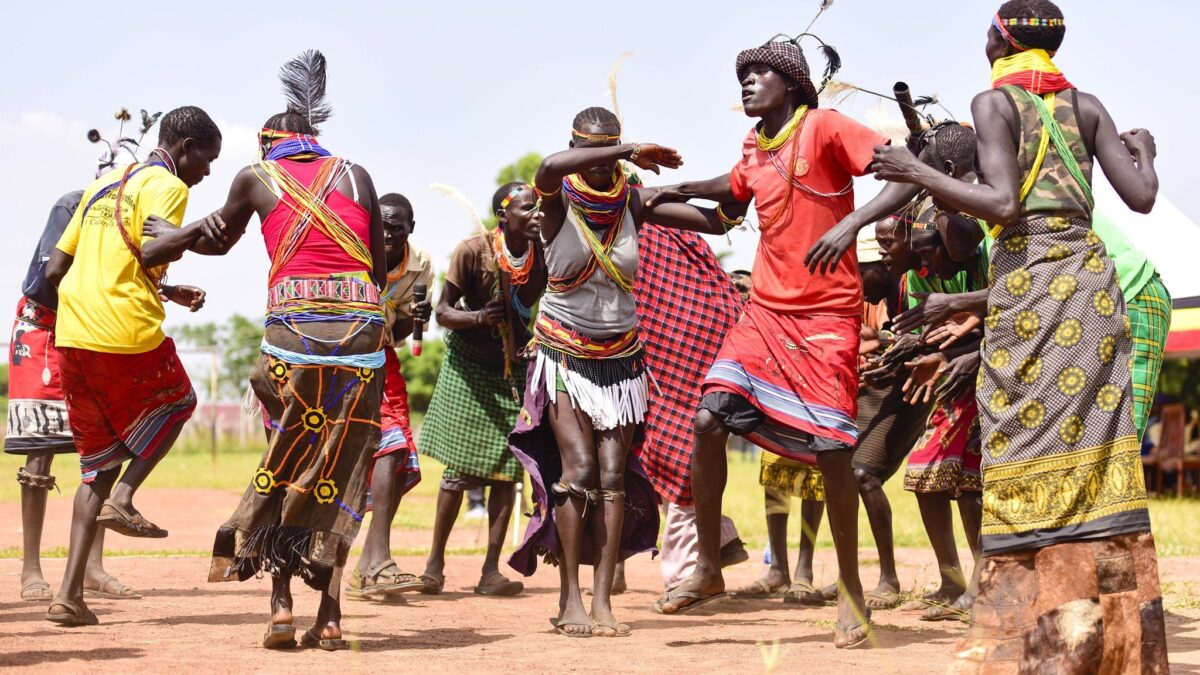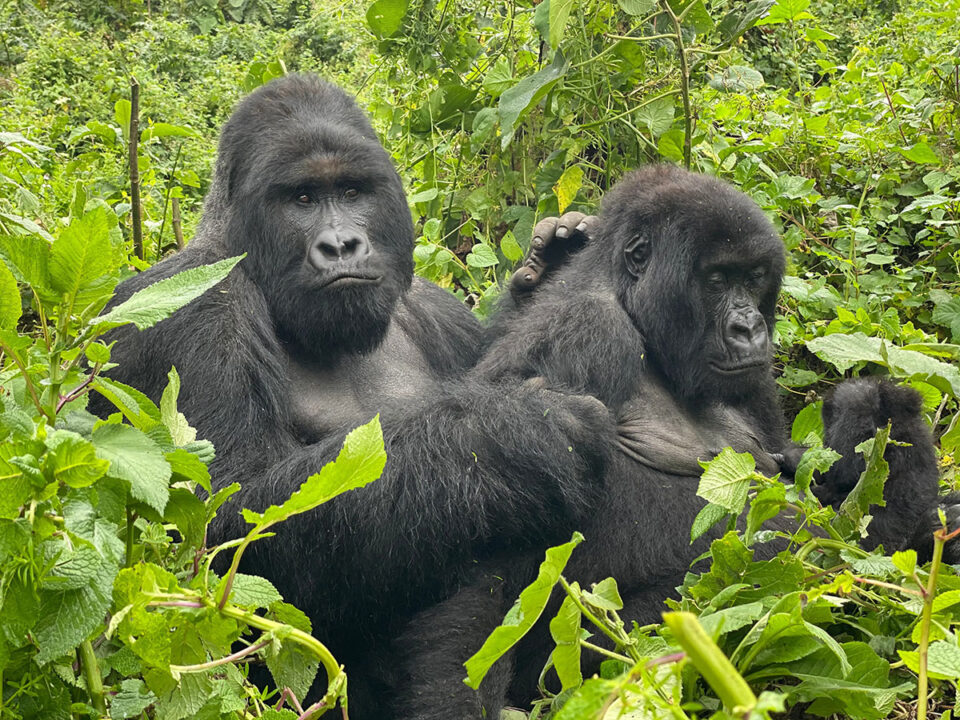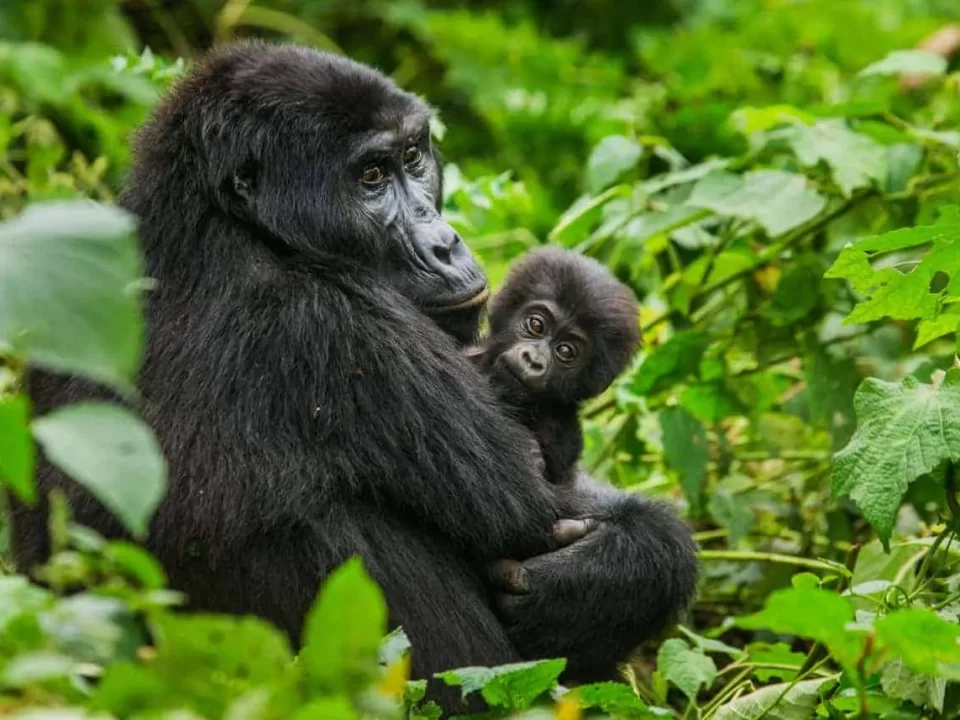Visit Iteso People and Culture in Uganda

Visit Inema Arts Centre in Rwanda
September 26, 2023
Hiking and Climbing Mount Muhabura
September 26, 2023Discovering the Rich Tapestry of Iteso People and Culture in Uganda
Venturing into the heart of Uganda unveils a captivating mosaic of ethnic groups, each contributing a unique thread to the vibrant tapestry of the nation’s diverse culture. Among these remarkable communities, the Iteso people hold a significant place. Residing in the Eastern region of Uganda and extending their presence into parts of Kenya, the Iteso people are an integral part of Uganda’s rich cultural heritage. The term “Iteso” refers to the traditional inhabitants of the Teso region, encompassing several sub-regions within Uganda, including KUM, Amuuria, Kumi, Katatwi, Palisa, Kaberamindo, and Bukedea districts. Central to their identity is the Nilotic language that they speak. In the realm of Eastern Nilotics, the Iteso people distinguish themselves, coexisting alongside another prominent branch known as the Maa-speaking Maasai. Further, the Iteso people divide into subcategories, including the Ateso-speaking individuals and their counterparts, the Karamojong group, which encompasses the Turkana, Jie, Ikaramojong, and Dodoth communities spanning both Uganda and Kenya.
Unraveling the Threads of History and Culture
The history of the Iteso people is a captivating tapestry woven over centuries. While tracing their origins back to Sudan, the precise timeline of their migration remains a subject of speculation. Some theories suggest that the Iteso people ventured southwards from the Karamojong region, but their distinct cultural rituals and nomenclature set them apart from their Karamojong neighbors. As the Iteso people migrated, they intermingled with other communities, particularly the Bantu-speaking populations and Nilotic groups, giving rise to a unique blend of cultural elements. The influence of neighboring communities and intermarriages during the colonial era further enriched the Iteso culture. The British colonial rule indirectly governed the Iteso communities, and in 1902, the western Kenyan territories were transferred from Uganda to Kenya, reshaping the geopolitical landscape.
The Economic Landscape of the Iteso
The economic tapestry of the Iteso people is woven with the threads of agriculture and cattle herding. Finger millet and sorghum stand as the staple foods, supplemented by cassava introduced during colonial times to bolster food security. Women cultivated vegetables in small gardens adjacent to their homes, and foraging for wild foods like the coveted Mushrooms Delicacy was a common practice. Meanwhile, men took on the role of cattle herders, tending to the grazing livestock. Agriculture played a pivotal role, with cotton being a key cash crop cultivated by both genders on separate plots. Oxen were enlisted for plowing, and labor could be hired when needed. Other cash crops in the Iteso agricultural portfolio included tobacco and maize, predominantly grown during the long rains. The commercial landscape featured small shops, cattle trading, and employment in the public sector, particularly as local administrators and school teachers.
The Bonds of Marriage and Family
Marriage among the Iteso people bore significance from two distinct perspectives. First, it involved the union of spouses as an alliance between two exogamous clans. This practical alliance materialized through the establishment of a household. Second, marriage was marked by ceremonial rituals and healing practices, reinforcing the bond between the couple. Polygamous marriages were common, with men marrying multiple women who coexisted harmoniously under one roof. Divorce was a rarity, but when it did occur, the bride’s family was expected to return the bride wealth initially paid during the marriage arrangement.
Embarking on a cultural exploration of the Iteso people unveils a rich tapestry of history, customs, and traditions, reflecting the dynamic spirit of Uganda’s Eastern region.




